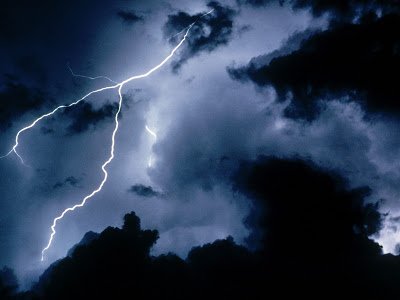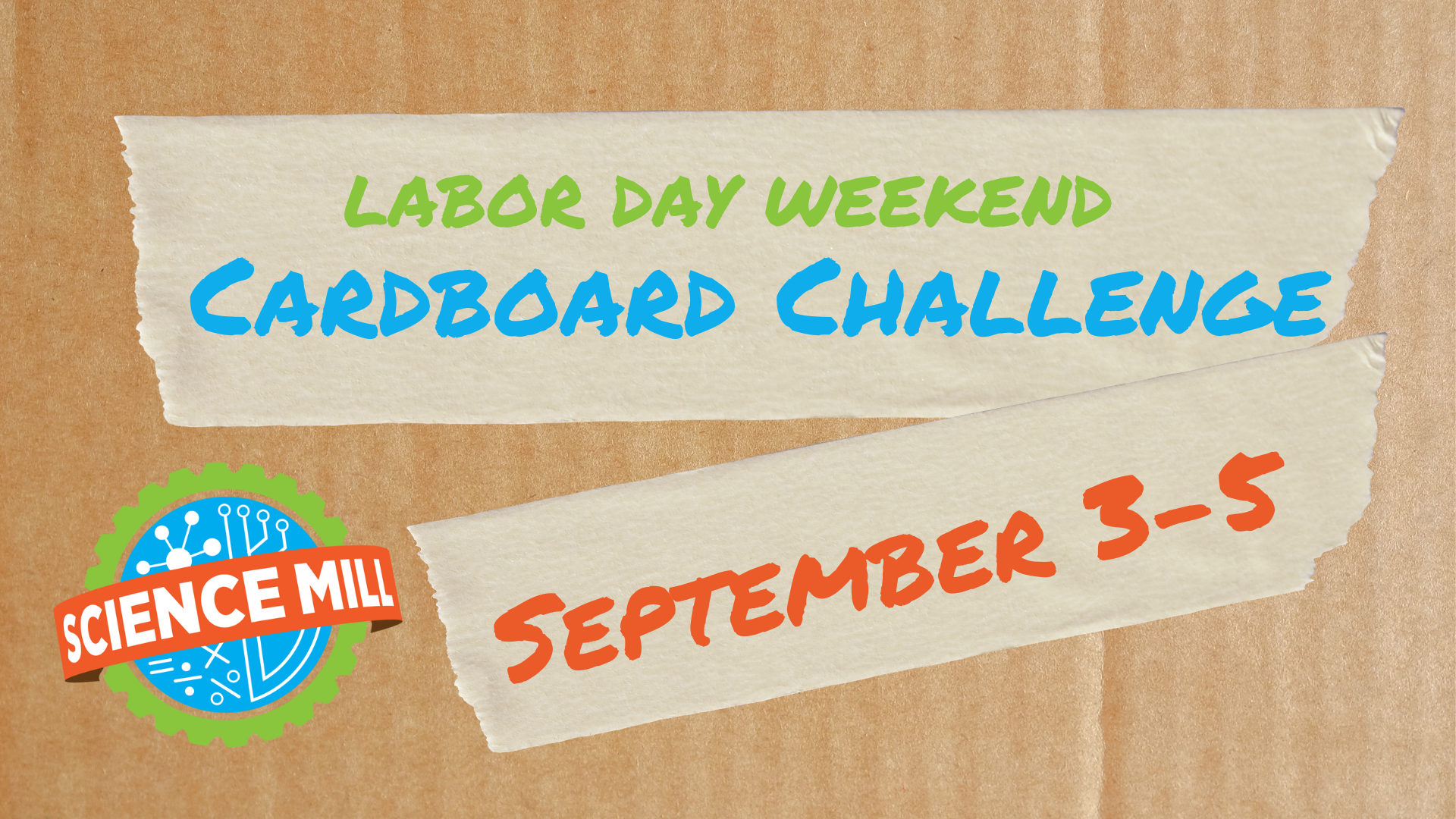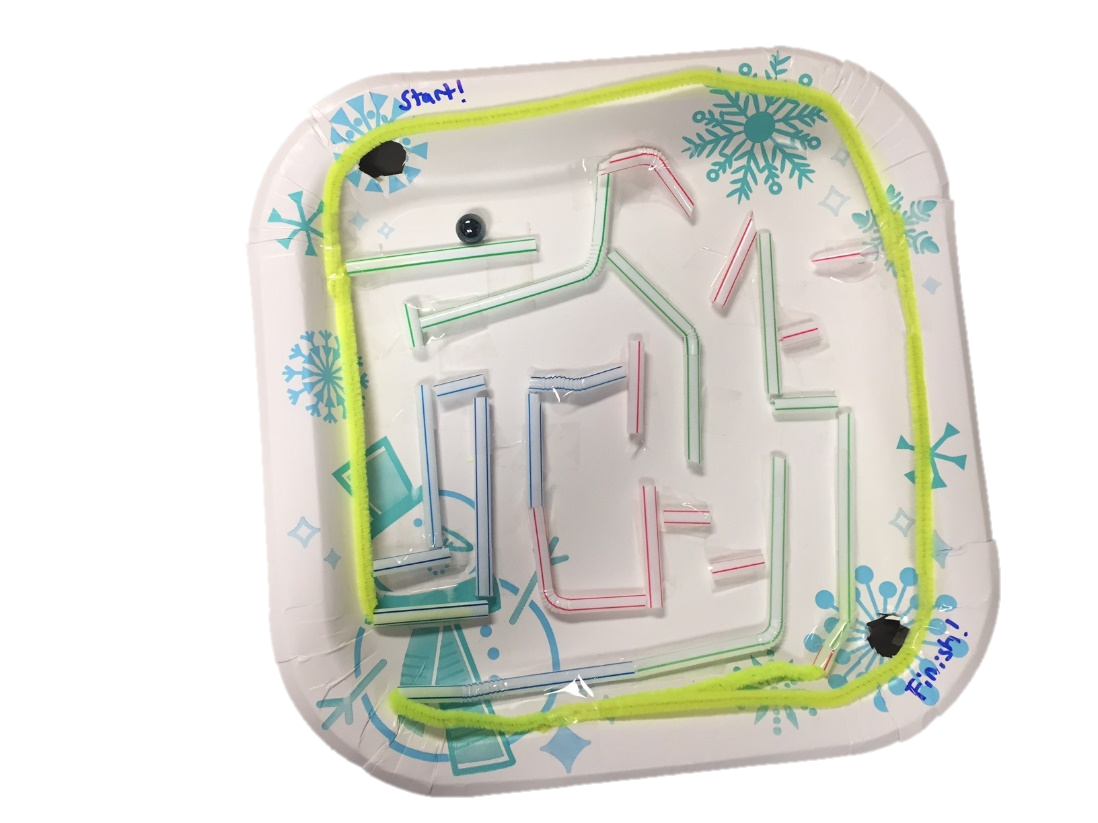Weather is the one science that affects everyone. No matter who you are, where you live or your level of income, weather can make a good day great or a bad day worse. Many of us take weather forecasting, and the people who work in this field, for granted. Although much of weather forecasting is computer modeling, it takes an educated person to sift through the models and evaluate what each is saying. Understanding the basics of weather and its forecasting can be the difference between safely avoiding it or struggling to survive it.
- Jeff Wheatcraft, Director of STEM Education Growth for the Science Mill
What is happening with the weather?
We’ve all heard the saying “If you don’t like the weather, just wait a minute.” While each area of the country has a different take on this common colloquialism, we’ve all noticed how the extreme weather events and drastic weather changes have been increasing or seemingly so in recent years.
By: Amber Middlebrook, Director of Education Partnerships for the Science Mill
Much of our weather here in Texas is actually created by the moisture return or return flow of hot moist air rushing to land from the Gulf of Mexico. Our resident storm chaser and science teacher, Jeff Wheatcraft tells me that moisture is one of the “main ingredients in severe weather.” As cold air from the northwest travels across the panhandle it meets with warm moist air coming in from the gulf. These collisions of hot and cold air create winds! This type of convection pattern is created as the light and energetic warm air mixes with the denser, cold air. This convection pattern transfers heat and moisture energy to the cooler cells. The Hadley cells or tropical convection currents actually drive the global convection weather patterns. [source] This warm air mixing with cool air can also create tornadic activity and strong wind gales. While Texas has 3 cities - Corpus Christi, Lubbock and Amarillo - in the top 10 windiest cities in the USA, it’s no surprise that Texas averages the most tornadoes a year with a yearly average around 151 annually. [source]
These winds help place the Texas panhandle in Tornado Alley but did you know that the eastern part of Texas is also in another tornado zone? Dixie Alley expands from eastern Texas across the lower Mississippi River Valley through Louisiana, Arkansas, Mississippi, Alabama, Georgia, Tennessee and into northern South Carolina and western North Carolina. [source]
“Current research indicates that due to climate change the frequency of tornadic activity is increasing within the Dixie Alley while decreasing in the infamous Tornado Alley. Tornadoes in this region can be spawned year round and often occur at night when people are asleep. The Dixie Alley sadly has a higher death rate. Part of the increased death rate is due to terrain obscuring funnel clouds, rain wrapped tornadoes and rising population.” [source]
Climate change has increased the average temperature of the Gulf of Mexico and all oceans which means these large bodies of water that control much of our weather patterns (remember those Hadley Cells from earlier) are now warmer during the winter months. These higher temperatures increase the warm, moist air that is wicked away from the surface of the Gulf and spread over both Tornado and Dixie Alleys providing the perfect ingredients for year round storm surges. Increased tornadic conditions gave rise to powerful storms like the December 10th, 2021 long track tornado over the Tennessee River Valley. Dixie Alley runs the broader risk of extreme weather in Winter and Spring as well as increased opportunity to be hit by strong hurricanes in the fall due to being located along the gulf coast line. Hurricanes are also being intensified by the effects of global warming due to climate change. As our gulf continues to get warmer, we are likely to experience more year-round extreme weather, tornadic events and erratic hurricane development that will certainly impact all those living in the expanding areas of both Dixie and Tornado Alleys.
Severe weather outbreaks are chased, tracked and recorded by all kinds of meteorologists. The scale of meteorology ranges from microscale, mesoscale, synoptic scale all the way to a global scale. Microscale meteorology is concerned with small geographic areas, quick occurrences, and processes such as those between soils, plants and groundwater which includes a great deal of chemical analysis. Mesoscale meteorology looks at the convection phenomena across an area of up to 1000 kilometers (620 miles). [source] Moving up to the synoptic scale shows the high and low pressure areas and large scale weather systems that you can see on the nightly forecast. [source] Finally, global scale meteorology investigates the shifting of warm, moist air from the tropics to the arctic poles and is effectively tracking thermal energy distribution across the globe. [source] Meteorology is one of the most electrifying and adrenaline-inducing branches of science concerned with the study of the components of the atmosphere and the phenomena that is created in patterns of weather and climate. [source]
Weather impacts us beyond just being able to appropriately dress for the day. Weather, or the “temporary conditions of the atmosphere,” impacts our activities, our ability to travel, our ability to live in certain areas, and can affect how we feel about the day. [source] There is so much more to meteorology than forecasting weather. Meteorologists look at long-term patterns in weather and climate, attempt to foresee the impacts on humans and animal habitats, investigate the factors creating these patterns or extreme events and yes some even give us our weekly weather forecasts. There are all kinds of opportunities to use amazing scientific equipment to collect atmospheric data on scale from micro to global that will help us better understand weather patterns, investigate the impacts of climate change and hopefully help us discover mitigation and adaptation strategies to combat climate change!
Career Spotlight: Eunice Foote
Eunice Foote was a scientist, inventor, and women’s rights activist from the mid-1800’s.
In 1856, she demonstrated the absorption of heat by CO2 and water vapor which is the first documented discussion on greenhouse gasses. She hypothesized that changing the amounts of CO2 in the atmosphere would have the ability to change the climate. Foote’s discoveries were the building blocks for what we now call the Greenhouse Effect. As she was a woman, and not a member of the Association for the Advancement of Science, she had to have a male colleague present her papers.
Find out more about Eunice Foote HERE.
Weather Prediction and Storm Chasing
Here is a way to try predicting the weather and “chasing” storms from the comfort of your home or classroom.





















